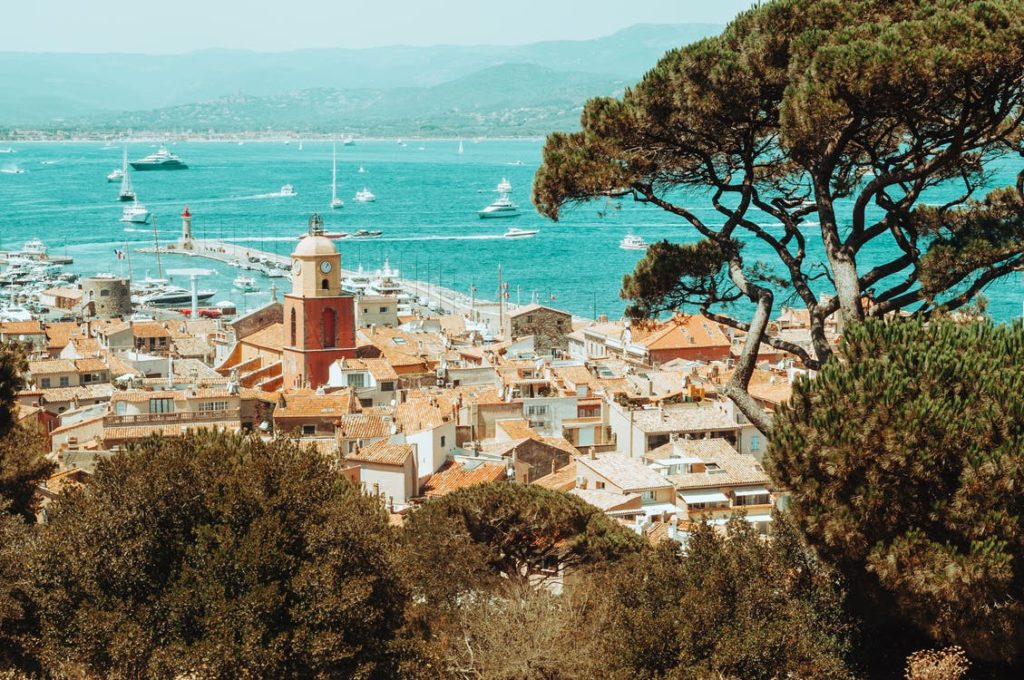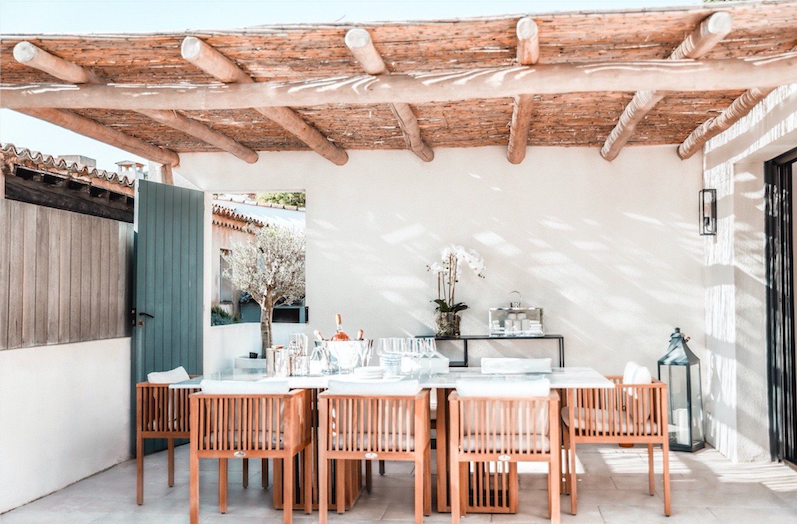Saint Tropez – Design Destination History
stories
Saint-Tropez, nestled along the French Riviera, is synonymous with glamour, luxury, and timeless style. Over the years, this once-sleepy fishing village has transformed into a design destination celebrated for its unique blend of traditional Provençal charm and contemporary elegance. The evolution of Saint-Tropez into a cultural and design icon is a story steeped in history, fashion, and the influence of some of the world’s most renowned artists, designers, and celebrities.
The Origins of Saint-Tropez: From Fishing Village to Jet-Set Haven
Saint-Tropez’s journey from an obscure coastal village to an internationally recognized design destination began in the early 20th century. In the 1890s, the town caught the eye of French painter Paul Signac, a pioneer of the Pointillism movement. Signac’s love for the vibrant light and stunning seascapes of Saint-Tropez attracted other artists like Henri Matisse and Georges Braque, who found inspiration in the town’s natural beauty. This influx of artists marked the beginning of Saint-Tropez’s transformation, as their works brought attention to the town’s unique charm.
By the 1950s, Saint-Tropez had evolved from an artist’s retreat to a playground for the rich and famous, thanks in large part to the arrival of Brigitte Bardot. The French actress, who starred in the 1956 film And God Created Woman, shot to international fame and turned the spotlight on Saint-Tropez. Bardot’s bohemian lifestyle and love for the town drew celebrities, artists, and designers from around the world, establishing Saint-Tropez as the ultimate destination for the elite.

The Saint-Tropez Interior Design Style: Origins and Influences
The interior design style of Saint-Tropez is a reflection of its history—a blend of rustic Provençal elements, Mediterranean influences, and modern luxury. At its core, the Saint-Tropez aesthetic is about effortless elegance, a look that exudes both comfort and sophistication.
Provençal Influence: The origins of Saint-Tropez’s interior design style can be traced back to its roots as a Provençal village. Traditional Provençal design is characterized by the use of natural materials, such as stone, wood, and terracotta. These materials are often paired with a soft, muted color palette inspired by the surrounding landscape—think sun-bleached whites, sandy beiges, and pastel blues. This connection to nature is evident in the way interiors are designed to blend seamlessly with the outdoors, often featuring large windows, terraces, and courtyards.
Mediterranean Touches: The Mediterranean influence is also a key component of Saint-Tropez’s interior design aesthetic. This is seen in the use of vibrant colours, patterned tiles, and wrought iron accents. The region’s warm climate encourages indoor-outdoor living, so spaces are designed to be open and airy, with an emphasis on light and flow. The use of blue and white—colours that echo the sea and sky—along with natural fabrics like linen and cotton, creates an atmosphere of relaxed sophistication.
Modern Luxury: As Saint-Tropez became a destination for the global elite, its design style evolved to incorporate elements of modern luxury. This includes the use of high-end finishes, custom furniture, and contemporary art. However, the modernity is always balanced by a respect for the town’s heritage, ensuring that the overall aesthetic remains rooted in the local culture. The result is a style that is both timeless and current, luxurious yet unpretentious.
Key Figures and Events that Shaped Saint-Tropez’s Design Identity

Image Source: Pure Saint Tropez
Several key figures and events have played a significant role in shaping the design identity of Saint-Tropez. Aside from Brigitte Bardot, whose influence cannot be overstated, other personalities have also left their mark.
Roger Vadim: The French filmmaker and Bardot’s husband, Roger Vadim, was instrumental in bringing Saint-Tropez into the limelight. The couple’s lifestyle and the media attention they attracted turned the town into a symbol of freedom, creativity, and glamour in the 1960s. Their modernist approach to living, which embraced bold design choices and a carefree attitude, influenced the interiors of homes in Saint-Tropez, blending modernity with the town’s traditional charm.
François Spoerry: An architect known for his work on Port Grimaud, a neighboring town, Spoerry’s vision of a Mediterranean village combined with modern amenities became a reference for luxury developments in the area. His style, known as “architecture douce,” emphasized harmony with the environment, an ethos that continues to influence design in Saint-Tropez.
The Saint-Tropez Polo Club: Established in the 1980s, the Saint-Tropez Polo Club added another layer of sophistication to the town’s image. The club became a gathering spot for international high society, where the design of its pavilions and the interiors reflected a blend of classic and contemporary styles, further cementing the town’s reputation as a design destination.
The Legacy of Saint-Tropez: A Timeless Design Destination

Luxoria Project: Villa Saint-Tropez
Today, Saint-Tropez continues to inspire designers, architects, and homeowners with its unique blend of styles. The town’s ability to evolve while maintaining its distinct identity is what makes it a timeless design destination. Whether it’s a luxurious villa overlooking the Mediterranean or a quaint Provençal cottage, the interiors of Saint-Tropez are always marked by a sense of elegance, comfort, and connection to the natural world.
As a hub for creativity and a symbol of luxury, Saint-Tropez remains at the forefront of design, offering endless inspiration for those who seek to capture its essence. The town’s history, combined with the influence of the many artists, celebrities, and designers who have called it home, has created a design legacy that is as enduring as it is enchanting. For those looking to bring a touch of Saint-Tropez into their own homes, the key is to embrace the town’s spirit—effortless, elegant, and always in harmony with its surroundings.
To see more from us, our news stories and blog posts, follow the link HERE. Additionally, if you want to keep up to date with the progress of our projects you can follow us on Instagram. We regularly post updates on our international projects!



